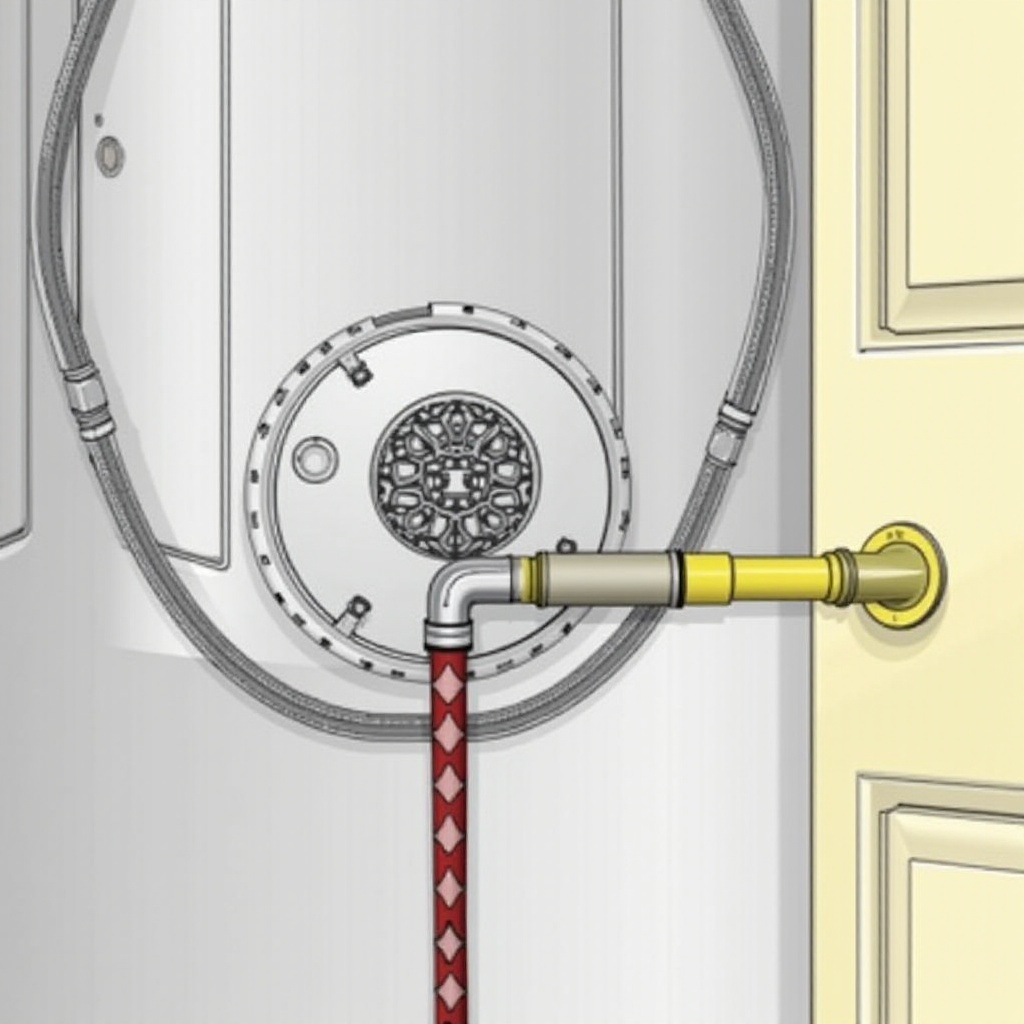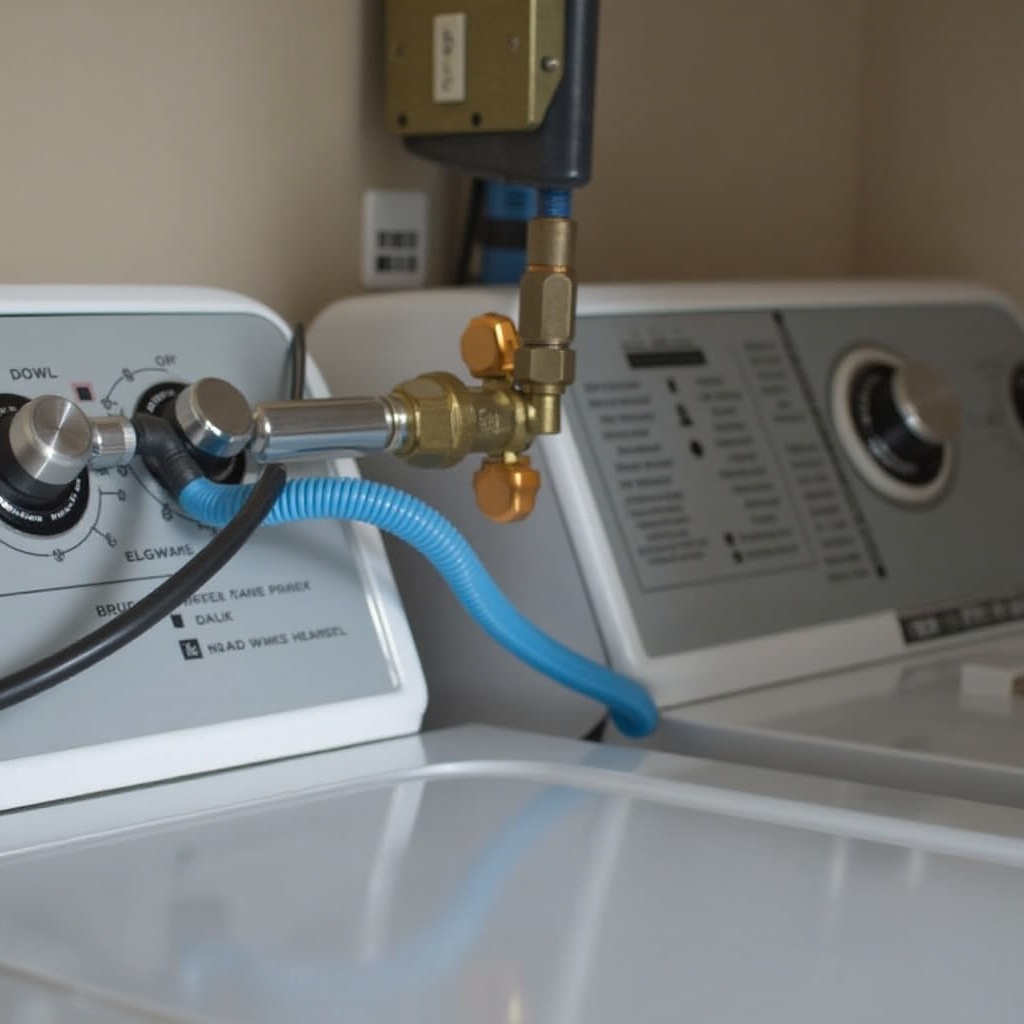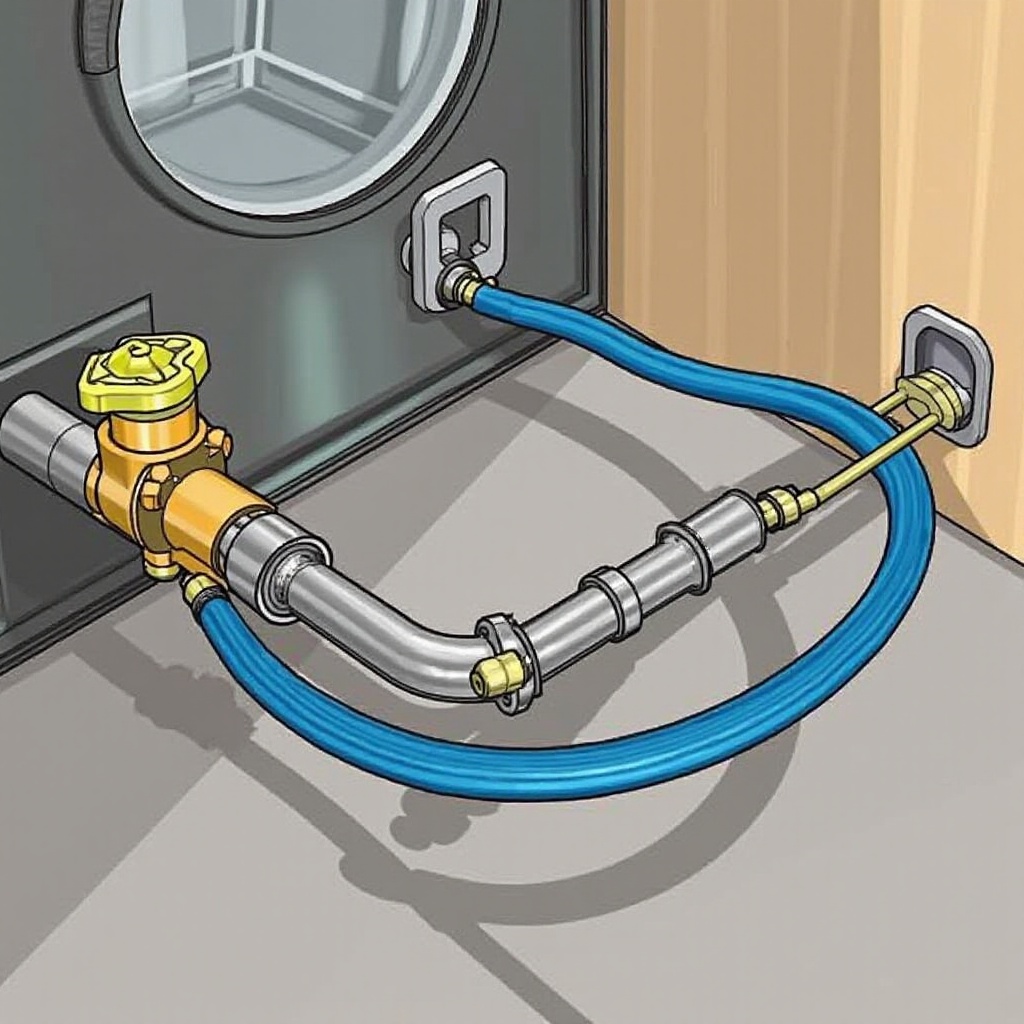Gas dryers offer efficiency and effective performance, making them a popular choice in many homes. Understanding what a gas hookup for a dryer looks like is key to ensuring safety and functionality. This guide provides a detailed look at the components, visual cues, and safety precautions involved in maintaining a gas hookup for a dryer.
Introduction
Setting up a gas dryer requires knowledge of its connections to ensure both safety and effective operation. While many people hire professionals for installations, having basic knowledge of gas hookups enables homeowners to identify potential issues early on, ensuring everything functions smoothly and safely.

Understanding Gas Hookups for Dryers
Recognizing the fundamental components of a gas hookup helps in appreciating its role and ensuring that it's set up correctly. A gas hookup essentially connects the dryer's burner to the home's gas supply, providing the necessary fuel for operation.
Typically, a gas hookup involves these components:
1. Gas Line Connection: This is where the gas flows from the home's supply to the dryer.
2. Gas Shut-off Valve: Crucial for controlling gas flow; it allows you to quickly stop gas in emergencies.
3. Venting and Exhaust System: This component manages the release of gases and moisture, contributing to the dryer's efficiency.
By understanding these elements, you can better recognize a properly functioning gas hookup.
Identifying the Components of a Gas Dryer Hookup
When inspecting a gas dryer, it's important to clearly identify each component and understand its condition:
Gas Line Connection: Generally a robust flexible metal hose connecting the dryer's rear to your gas line. Ensure it is secure and free from leaks.
Gas Shut-off Valve: Usually near the connection point, this valve should be easily accessible and fully functional to allow for immediate gas shutoff.
Venting and Exhaust System: The ventilation system, often made of aluminum or galvanized steel, should be clear of obstructions to efficiently expel gases.
Understanding and identifying these parts ensures the safe operation of your gas dryer.

Visual Guide to Gas Hookups
Having a visual perspective is vital for identifying a gas hookup:
Visual Indicators of a Gas Connection: Look for yellow CSST tubing or a gas valve connecting the dryer to the gas source, indicative of a gas-powered system.
Comparison with Electric Hookups: Electric dryers are distinguished by their electrical cords featuring three or four-prong plugs, setting them apart from the metal hose connections of gas dryers.
Common Location of Gas Connections: Typically found at the dryer's base, adjacent to the vent exhaust, allowing easy inspection and maintenance.
These visual differences help in distinguishing and maintaining the correct hookup.
Safety Considerations When Inspecting Gas Hookups
Safety is paramount when examining your gas hookup. Here's how:
Checking for Gas Leaks: Use a gas leak detector for precision. Alternatively, apply a soap solution over connections; bubbling justifies immediate professional attention.
Ensuring Proper Ventilation: Regularly check for and clear any lint buildup in the venting system to prevent fire hazards and ensure efficient operation.
Maintaining these safety practices promotes the dryer's longevity and your home's safety.
Professional Installation: Why It’s Recommended
While understanding the components aids in identifying issues, professional installation remains advisable. Professionals ensure compliance with safety standards, reducing potential hazards and enhancing performance. Relying on their expertise guarantees that your dryer operates safely and efficiently.
DIY vs. Professional Inspection: What You Should Know
For hands-on enthusiasts who perform regular inspections, the tasks outlined can be handled safely with diligence. However, the actual installation or major updates should be left to a professional. They possess the necessary skills to comply with safety regulations and address complex issues often missed by amateurs.

Conclusion
Recognizing what a gas hookup for a dryer looks like involves understanding its components and applying rigorous safety measures. Whether opting for professional services or conducting personal inspections, ensure safety and peak functionality. A well-maintained dryer setup is synonymous with secure and efficient operation on all levels.
Frequently Asked Questions
How can I tell if my dryer is gas or electric?
Gas dryers connect via a gas line, often with visible yellow tubing, while electric dryers use a three or four-pronged plug.
What should I do if I smell gas near my dryer?
Immediately turn off the gas using the shut-off valve, evacuate the area, and contact a professional to inspect the issue.
Is it safe to install a gas dryer hookup myself?
Though possible, professional installation is recommended to ensure safety and compliance with all regulations.
